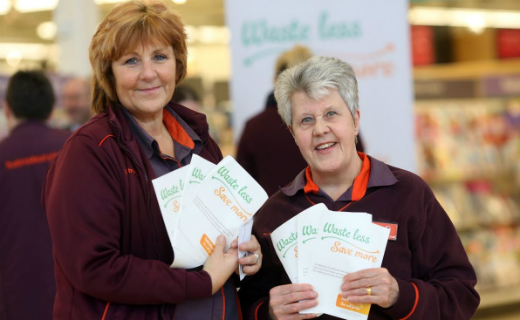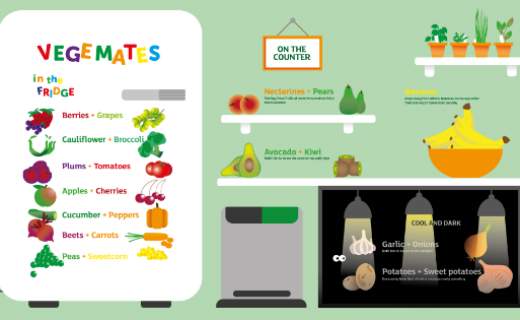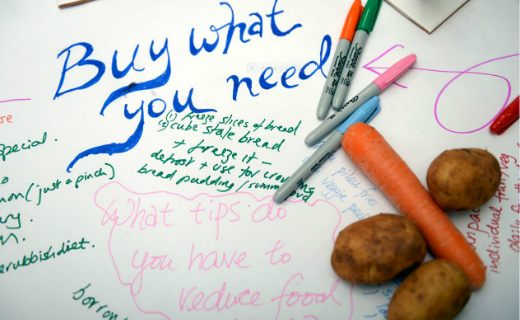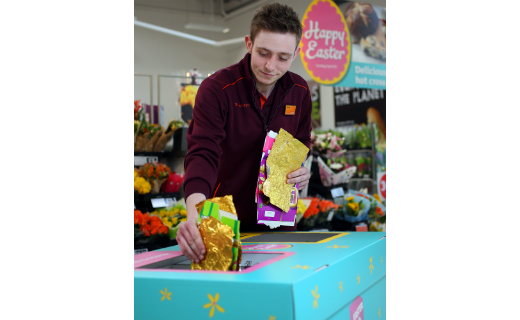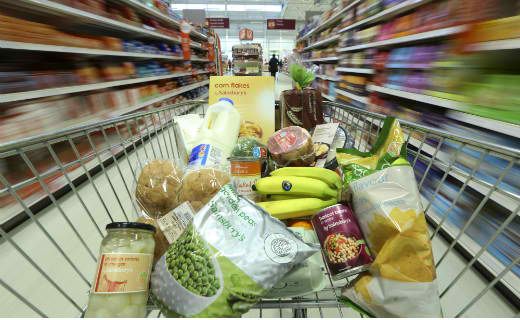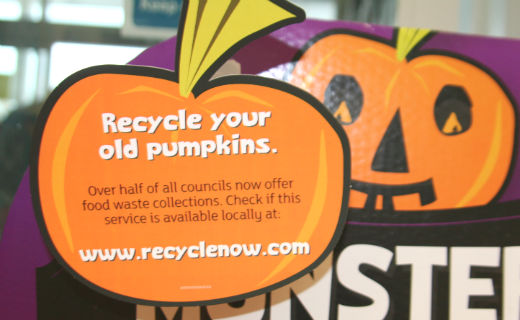Sainsbury’s & Oxfam call on people to recycle clothes this Spring
London, 2017-Apr-07 — /EPR Retail News/ — Brits are set to get rid of 680 million pieces of clothing this season as they spring clean their wardrobes. However, the annual fashion detox will be damaging for the environment with a staggering 235 million garments expected…

